How Are Communities Formed?
Darlene Kascak, Education Director at The Institute for American Indian Studies and is an active member of The Schaghticoke Tribal Nation and The Schaghticoke Women’s Traditional Council, shares insights on what makes a community.
Discover the stories of how and why each of these people came to Fairfield.
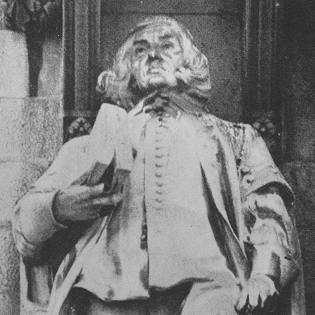
Roger Ludlow
Roger Ludlow was born in 1590. In 1630, he sailed from England to America with other Puritans seeking freedom to practice their religion. He settled in Massachusetts, then in Connecticut, where he was the first deputy governor.
In 1637, Ludlow fought in the Pequot War between the English and Pequots and their allies. The English won the war, and many Native Americans were either killed or sold into slavery. In 1639, after the war, Ludlow and others claimed the land of the Unquowa and renamed it Fairfield.
Ludlow is known for writing Connecticut’s first set of laws in 1650, and for founding Fairfield and Norwalk. In 1654, he left Connecticut for Virginia, before returning to England, and then Ireland where he died around 1665.
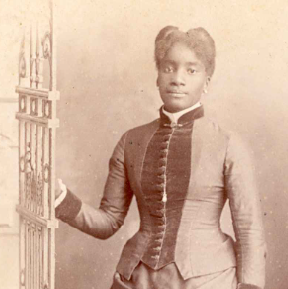
Ida (Wilson) Miller
Ida Wilson was born in Virginia in 1868, a few years after the end of the Civil War.
Around 1880, Ida came to Fairfield with her mother Elsie and brother Ambros. They lived with her sister Lottie and brother-in-law Ed Randolph and their children.
In 1889, Ida married William H. Miller, who had also come up from Virginia. Around 1900, they built a two-story house on Round Hill Road, which was close to Lottie and Ed. While Ida did not have any children that we know of, she and William raised their grand-niece Harriet Randolph.
Ida was a member of First Church Congregational, where she baked communion bread.
Ida died in 1940 at the age of 72.
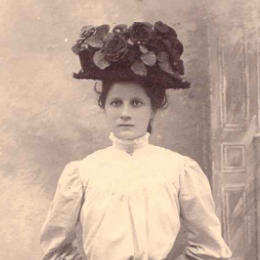
Mary (Anti) Halasz
Mariska (Mary) was born in Hungary in 1889.
In 1906, at age 17, she came with her family to the United States on a ship called Bremen.
Mary, her father Janos (John), her mother Katalin (Katherine) and her brother Janos (John) all settled in Bridgeport, CT.
In 1912, Mary married Julius Halasz, who also immigrated from Hungary in 1906. They built a house on Dalewood Avenue in the Grasmere area of Fairfield. Julius worked in Bridgeport at Casco, a factory that made products for cars.
Mary died in 1977 at the age of 88.
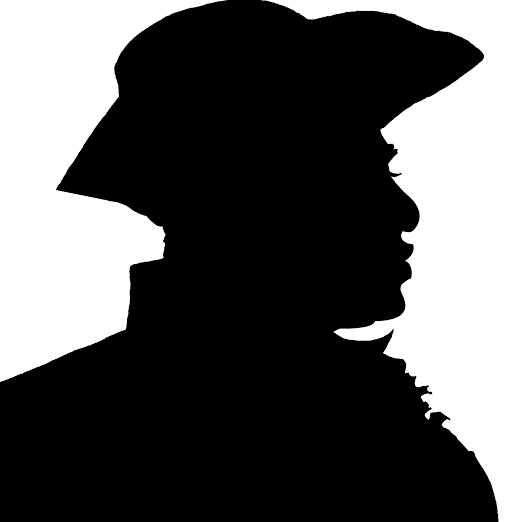
James Hubbard
James Hubbard was an African American man who lived in Fairfield from about 1750-1790. While we don’t know his whole life story, we know he was enslaved before 1750 by Zachariah Hubbard who taught him the craft of hat making.
In 1752 James married Sarah, a free African-American woman. They had 7 children.
When Zachariah died in 1769, his will granted freedom for James and left him with the tools to set up a hatting business for himself. This was fairly unusual for the time as most African Americans in Fairfield at the time were enslaved. “James began his new life as a free man with a significant advantage…”
James passed away sometime before 1790 and Sarah by 1800.
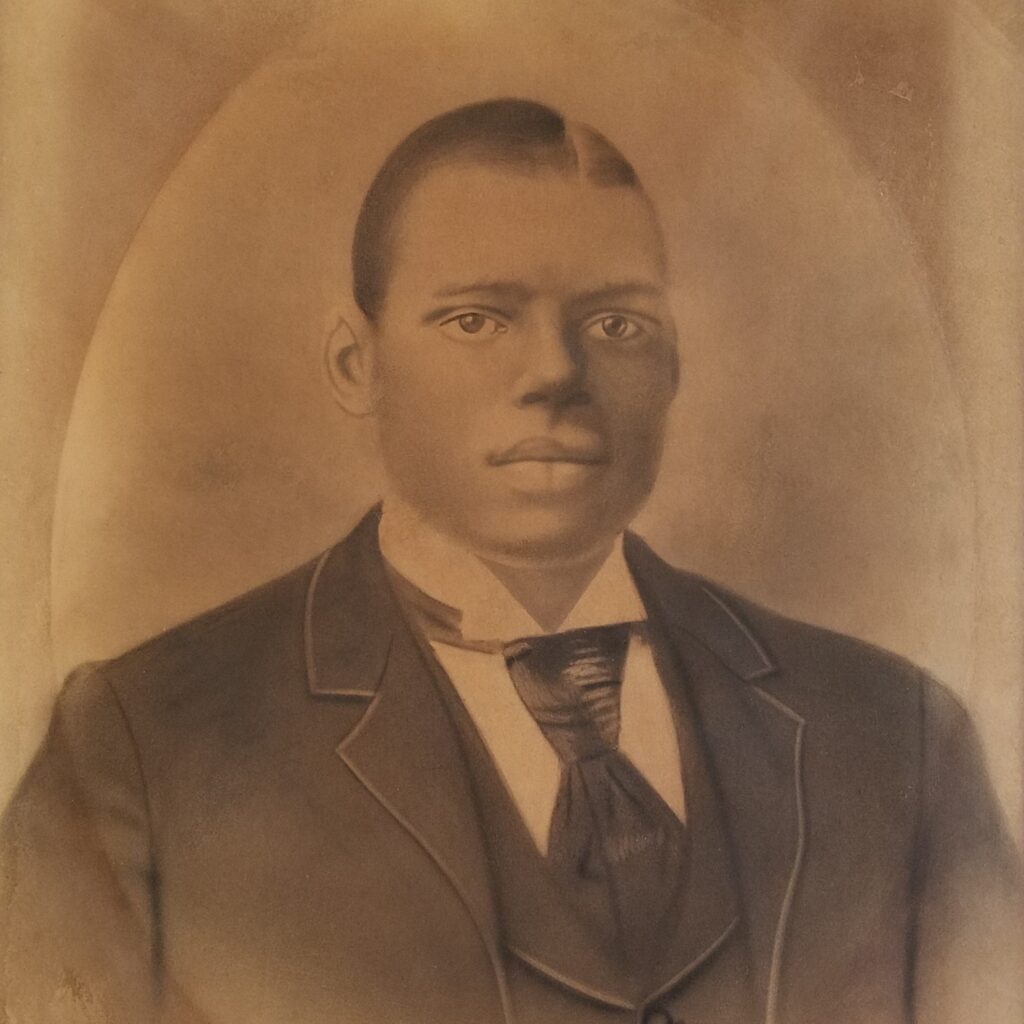
Edward Randolph
Edward "Ed" Randolph was born in Virginia in the mid-1840s. Ed spent the first part of his life enslaved in the South, until Lincoln’s Emancipation Proclamation set him free.
By the mid-1870s, he had settled in Fairfield with his wife, Lottie, who was also from Virginia. They had 5 children. Some of Lottie’s family, including her sister Ida, also came to live with them in Fairfield. Ed bought a house with 1½ acres on Barlow Road. Here he owned farmland and employed workers for 5 cents a day.
He enjoyed clam fishing and would walk daily to the shore to go clamming. This earned him the nickname “Clam Man.”
When Ed died in 1934, he had been part of the community for about 60 years.
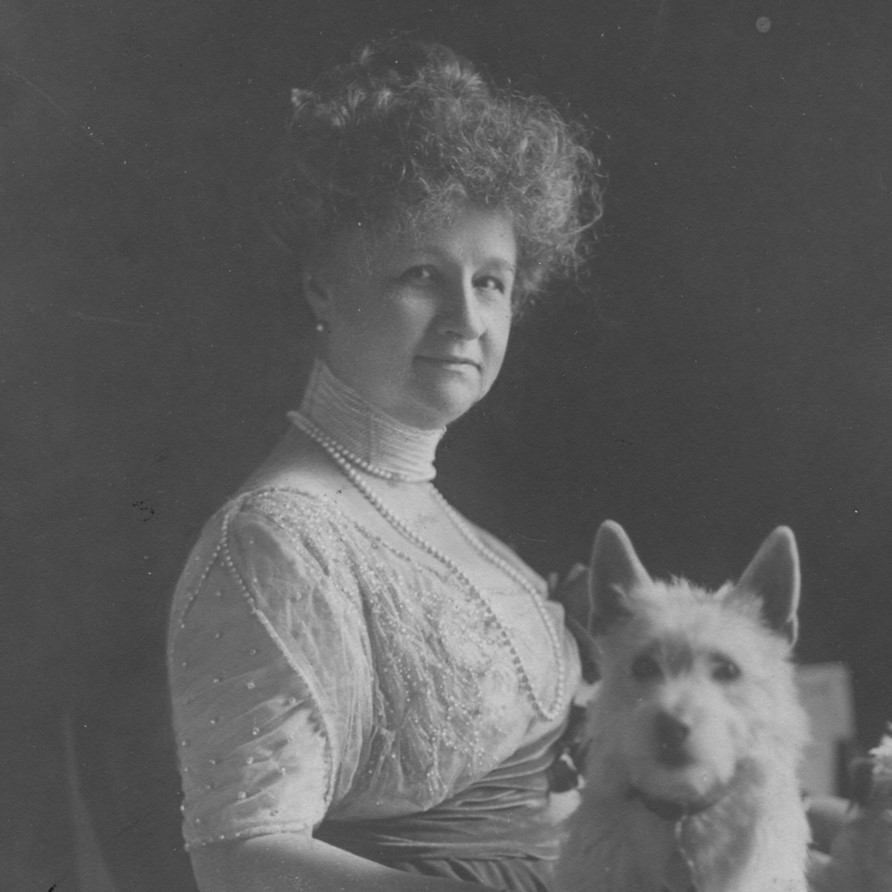
Annie B. Jennings
Annie B. Jennings was born in 1855 in San Francisco, California.
Annie was born into a wealthy family. Her father had been a merchant, then later invested in the Standard Oil Company. The family moved to Fairfield, which was where Annie’s father Oliver had grown up.
As an adult, she became a philanthropist. Wanting to preserve history, Annie helped form both the Fairfield Historical Society and the Daughters of the American Revolution. She also donated land that became Jennings Beach, land for the Birdcraft Sanctuary, a building for the first high school, and opened the gardens at her Sunnie-Holme estate to the public.
At the time of her death in 1939, she was helping organize the 300th anniversary of the founding of Fairfield.
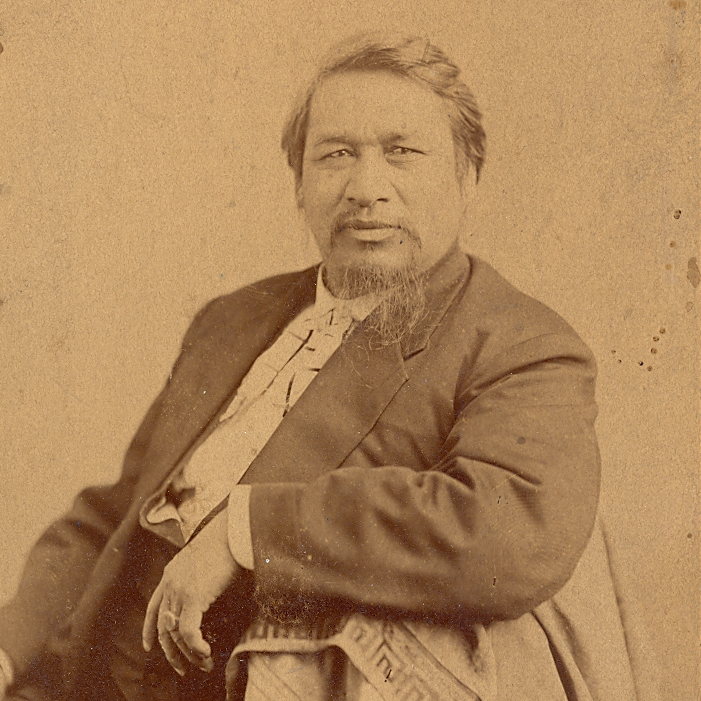
Ely S. Parker
Ely Parker (first named Hasanoanda and later known as Donehogawa) was born in 1828 on the Tonawanda Reservation near Indian Falls, New York. While in school, he took the name Ely Parker.
Ely became Chief of the Seneca Nation. He was also a diplomat and a trained engineer. Ely served as a key aide and secretary to General Ulysses S. Grant during the Civil War. He wrote out the final draft of the Confederate surrender at Appomattox.
Ely earned the rank of Brevet Brigadier General, and went on to be the first Native American to serve as Commissioner of Indian Affairs.
In 1867, Ely married Minnie Orton Sackett. They settled in Fairfield in the 1870s and had one daughter. Ely died in 1895 at the age of 67.
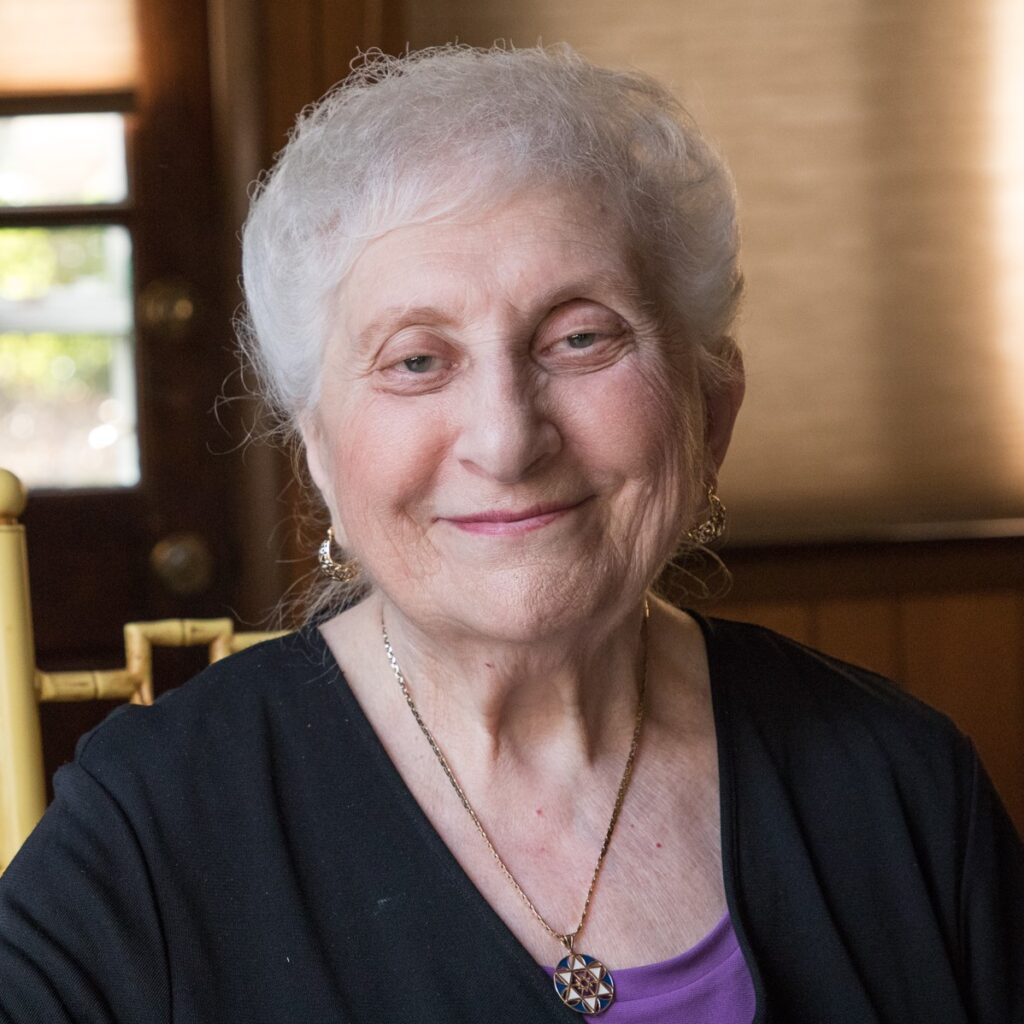
Betty Deutsch
Born in Hungary, Betty Deutsch survived the Auschwitz-Birkenau and Bergen-Belsen concentration camps in Poland and Germany during World War II.
Betty arrived in the United States in 1950, after spending five years in Sweden. She and her sister came to the west end of Bridgeport, where some relatives lived and had a bakery.
Since the 1980s, Betty has shared her story with school children about her experiences during the Holocaust.
